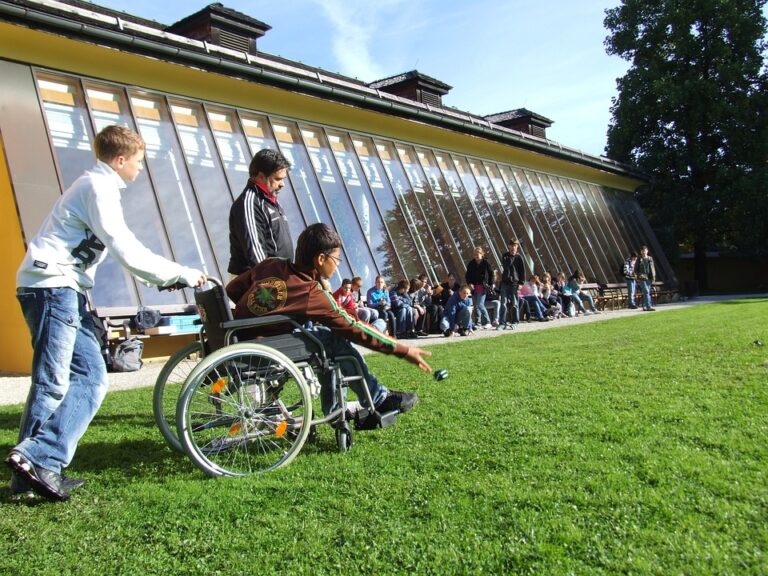
Understanding Dysgraphia: Challenges and Solutions for Children’s Handwriting Difficulties
Handwriting is a fundamental skill that children acquire early in their education, enabling them to express their thoughts and ideas through written communication. However, for some children, this seemingly simple task can become an arduous struggle due to a learning disability called dysgraphia. Understanding dysgraphia and implementing appropriate solutions is crucial for supporting children with handwriting difficulties.
Dysgraphia is a neurological disorder that primarily affects the ability to write legibly and fluently. It is often accompanied by challenges in spelling, organizing thoughts, and sequencing ideas. Children with dysgraphia may show signs of slow, laborious handwriting, inconsistent letter formations, and difficulty with spacing and sizing. These struggles can significantly impact their academic performance, self-esteem, and overall confidence.
One of the most significant challenges in dysgraphia arises from the cognitive and motor coordination required for handwriting. Writing involves complex processes, including visual-perceptual skills, fine motor control, and motor planning, all of which can be impaired in children with dysgraphia. Additionally, the pressure to complete assignments within time limits can cause stress and further hinder their writing abilities.
Fortunately, several strategies and solutions can be implemented to ensure that children with dysgraphia receive the necessary support. Here are some effective approaches:
1. Multisensory Learning: Engaging multiple senses, such as sight, touch, and hearing, can reinforce learning. Employing multisensory techniques, such as tracing letters with fingers while saying them aloud, can enhance letter formation and improve handwriting skills.
2. Modified Worksheets: Providing worksheets with enlarged letters and additional spacing can assist children with dysgraphia in staying within the lines, facilitating neater and more organized writing.
3. Occupational Therapy: Collaborating with an occupational therapist can be immensely beneficial. Occupational therapists can assess and address underlying motor and sensory challenges and suggest personalized interventions to improve handwriting skills.
4. Assistive Technology: Utilizing technology tools specifically designed to assist individuals with dysgraphia can make a positive difference. Speech-to-text software can allow children to dictate their thoughts instead of relying solely on writing.
5. Writing Tools: Exploring various writing tools, such as pencils with grips or ergonomic pens, can improve comfort and control while writing. Implementing instruments like color-coded or raised-lined paper can also aid in maintaining proper spacing and alignment.
6. Breaking Tasks into Smaller Parts: Dividing writing assignments into smaller, manageable tasks can reduce overwhelm and frustration. Breaking down the process into steps, such as brainstorming, outlining, and drafting, can also enhance organization and clarity.
7. Self-Evaluation and Reflection: Encouraging children to reflect on their writing skills can help them identify their strengths and weaknesses. By recognizing areas for improvement, they can actively seek assistance and implement effective strategies.
It is crucial to remember that dysgraphia affects each child differently. Tailoring interventions and accommodations to meet their specific needs is essential. Regular communication between parents, educators, and professionals can provide valuable insights into the child’s progress and help refine strategies to maximize their potential.
Understanding and addressing dysgraphia can empower children to overcome handwriting difficulties and succeed academically. By fostering a supportive and inclusive environment, we can ensure that children with dysgraphia receive the necessary tools and resources to thrive, ultimately enabling them to express their creativity and ideas through written communication.
Younger Glowing Skin - Discover Ancient Ayurvedic Secrets at DoctorIndiaHerbals.com
Explore One of the Largest Collections of Dinosaur-Themed Toys, Games, Gifts, Decor, and More at DinoAvenue.com
Discover Premium Design Elevator Shoes for Men and Women at LondonCobblers.com
Discover Hidden Family Destinations for Vacations at Places.Travelz.io
Find the Best Deals on Airfare and Hotels with Advanced Metasearch Technology at www.Travelz.io
30% off on Kids items
STEM science experiments for Kids
Premium Science Toys and experiments